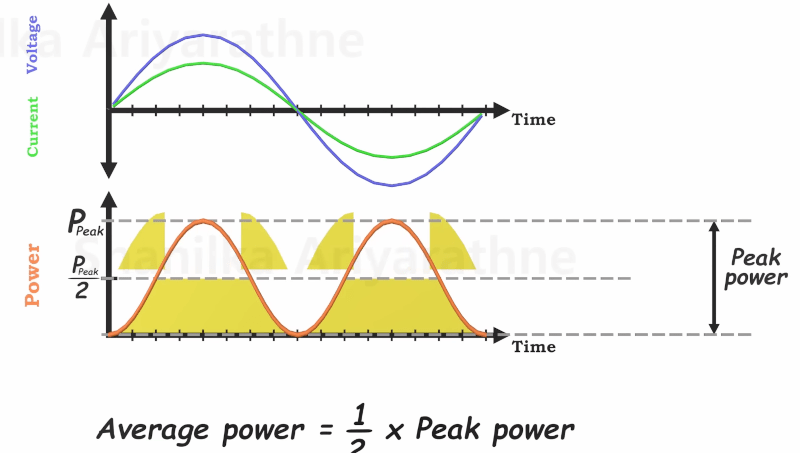Need a Refresher on RMS?

If you mostly deal with DC current, you might not think much of root mean square or RMS measurements. Sure, you’ve seen meters that have “true RMS” settings, but what …read more Continue reading Need a Refresher on RMS?
Collaborate Disseminate

If you mostly deal with DC current, you might not think much of root mean square or RMS measurements. Sure, you’ve seen meters that have “true RMS” settings, but what …read more Continue reading Need a Refresher on RMS?

When working on simple DC systems, a small low-cost multimeter from the hardware store will get the job done well enough. Often they have the capability for measuring AC, but …read more Continue reading Hackaday Prize 2023: AC Measurements Made Easy
RMS announced new innovations to ExposureIQ on the Risk Intelligence platform, including real-time catastrophe event visualizations and more powerful reporting. RMS also unveiled new capabilities to allow cross-portfolio accumulations across reinsuranc… Continue reading RMS announces innovations in ExposureIQ to provide real-time event visualization
Sonrai Security announced that the company has advanced its relationship with Amazon Web Services (AWS). In addition to achieving the AWS Security Competency status in identity and data protection, the Sonrai Dig platform provides out-of-the-box integr… Continue reading Sonrai Security integrates with AWS to accelerate cloud security transformation
As the world is changing in profound ways, so is risk. Climate change, pandemic events, and cyberattacks are threats we all now have to consider in new and innovative ways. With better understanding of risks, better decisions can be made, enabling bett… Continue reading RMS unveils new model and product releases and updates for RMS Risk Intelligence
For his Hackaday Prize entry, [Martin] is building an Open Source Multimeter that can measure voltage, current, and power. It’s an amazing build, and you too can build one yourself.
The features for this multimeter consist of voltage mode with a range of +/-6V and +/-60V. There’s a current mode, …read more
If you measure a DC voltage, and want to get some idea of how “big” it is over time, it’s pretty easy: just take a number of measurements and take the average. If you’re interested in the average power over the same timeframe, it’s likely to be pretty close (though not identical) to the same answer you’d get if you calculated the power using the average voltage instead of calculating instantaneous power and averaging. DC voltages don’t move around that much.
Try the same trick with an AC voltage, and you get zero, or something nearby. Why? With an AC …read more

Keep your data private and secure with Microsoft’s Azure Rights Management functionality, which is part of the Microsoft Enterprise Mobility Suite.
The post Microsoft EMS Components: Azure Rights Management appeared first on Petri.
Continue reading Microsoft EMS Components: Azure Rights Management